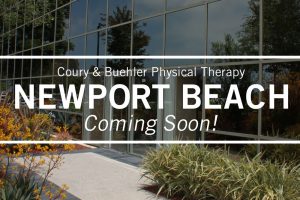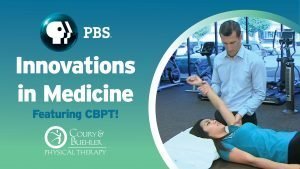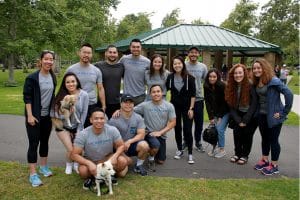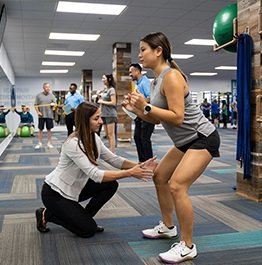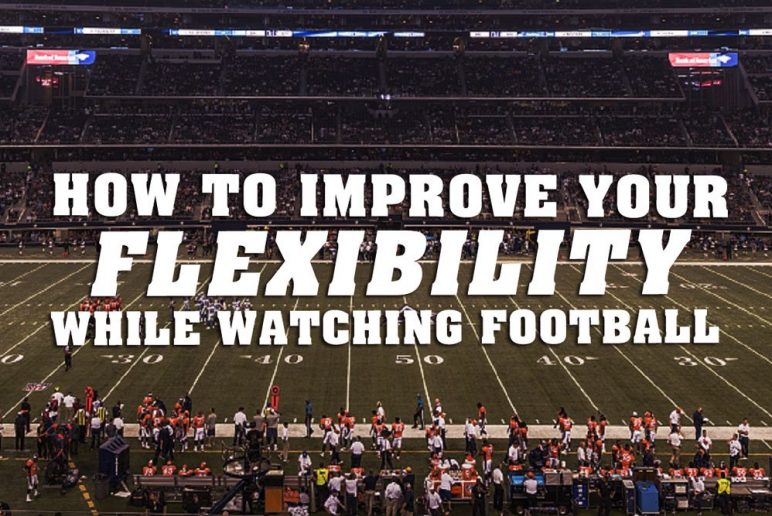
How to Improve Your Flexibility while Watching Football
October 07, 2015Football season is finally here! That means our Saturdays and Sundays will be filled with nerve racking and heartbreaking moments of watching our favorite teams play. As a Dallas Cowboy fan, I can expect a season of highs and lows throughout the year. As great as football season is, it also means plenty of hours of sitting and being glued to the T.V.
The effects of sitting and watching television, in addition to our hours of sitting at work, can lead to a number of different injuries. Sitting for long periods of time causes tightness in our hamstrings, hip flexors, and calves along with leading to weakness in core stabilizers. Below are some key tips, stretches, and exercises to help prevent pain and discomfort while watching our favorite teams play this year!
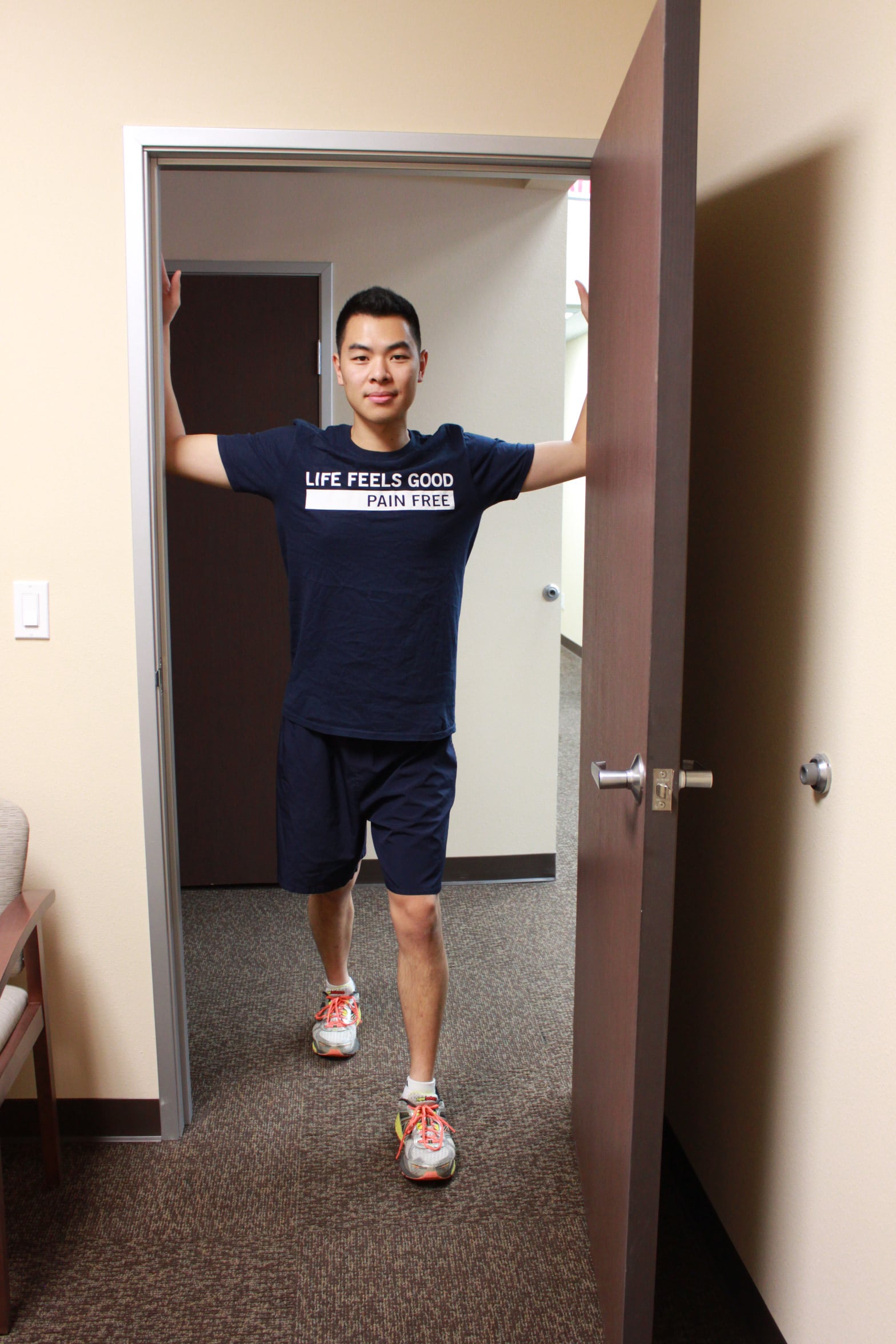
Doorway Pectoralis Stretch
- Place hands on either side of doorway as shown.
- Step one foot forward and gently lean chest forward to feel a mild-moderate sense of stretch across the chest.
By stretching the muscles on our chest we allow our shoulders and arms to move more efficiently reducing the risk of future injury.

Standing Hamstring Stretch
- While standing, place foot on stool or chair.
- Keep the foot of the leg that is being stretched in an upward facing direction and the hip in a neutral position.
- Gently lean forward at the hip while keeping the spine in a neutral position.
- Keeping the hip in a neutral position stretches the hamstrings globally while placing the hip in an externally rotated position stretches the medial hamstrings and an internally rotated position stretches the lateral hamstring
Improving hamstring flexibility can help relieve strain on our low back and help take stress off of our joints when walking, running, and performing daily activities. By stretching the muscles on our chest we allow our shoulders and arms to move more efficiently reducing the risk of future injury.

Kneeling Hip Flexor Stretch
- Take a knee with on knee down and the other foot out in front at 90 degrees.
- Bottom leg rotate slightly out to side.
- Draw abs in and tuck tailbone to tilt pelvis back until you feel a good stretch in front of thigh.
Tightness of the hip flexors can create stress on the low back and hip and make it difficult to recruit our abdominal muscles which help stabilize our back during everyday movements.

Standing Gastrocnemius & Soleus Stretch
- While standing and leaning against a wall, place one foot back behind you and bend the front knee until a gentle stretch is felt on the back of the lower leg.
- Soleus: Your back knee should be bent the entire time.
- Gastroc: Your back knee should be straight the entire time.
Tightness of the calf can lead to a number of injuries from walking, running, and performing everyday activities in the home or the gym. By stretching our calves, we can improve ankle mobility along with allowing the hip and knees to move with improve range of motion and help alleviate stress on our joints.
Take the Next Step
Need more exercise and wellness tips? Sign up for Life+!
Reader Interactions
Leave a comment
You must be logged in to post a comment.


